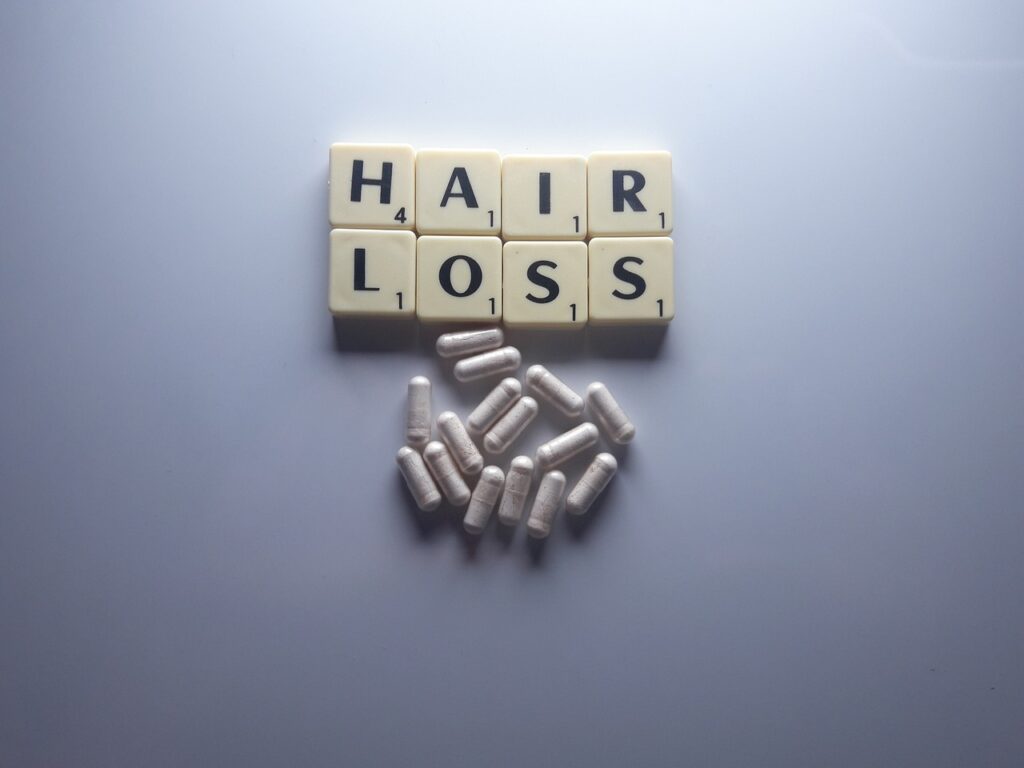When Is The Best Time To Eat A Banana
Best Times to Eat Bananas for Health and Weight Management
Bananas are an excellent source of proteins and essential vitamins and minerals such as C, K and calcium magnesium fiber. Although eating bananas regularly can be extremely beneficial to our health, eating them at the appropriate time and quantity can have different outcomes depending on our goals like constipation relief or weight control. In this guide we will outline when it’s best to eat bananas to achieve optimal outcomes based on our General Guidelines guide and our individual health objectives, such as constipation relief or weight management.
Best Time to Eat Bananas: General Guidelines
Morning Boost:
Bananas make an excellent breakfast food, providing essential nutrients and fiber while keeping you full for longer and reducing midmorning snacking. For an energetic start to your day, pair bananas with other breakfast foods to give yourself an energy boost and get going on your day’s tasks!
Post-Workout Refuel:
Why bananas after exercise? After exercising, your body needs replenishment to aid recovery and supply sustained energy levels throughout the day. Bananas provide natural sources of energy thanks to their abundance of carbohydrates and potassium content; eating one within 30 minutes after an activity can aid recovery while also giving sustained energy levels throughout the day. For maximum energy-drenched boost try snacking on one before beginning physical activity!
Healthy Snacking Options:
Why: Bananas are an excellent source of carbohydrates and fiber, offering a tasty yet nutritional snack. For maximum effectiveness and satisfaction during meals, grab one whenever your energy levels need a boost between meals – it can contribute to overall health while satisfying cravings simultaneously! Tips: To achieve maximum benefits from bananas as part of a healthful lifestyle while simultaneously satisfying your hunger pangs!
Avoid on an Empty Stomach:
Reasoning: Eating bananas while overeating may lead to stomach discomfort due to their acidic nature, so Ayurveda recommends having fruit after every meal to ensure optimal digestion.
Tips: Bananas can help reduce discomfort. The optimal time and type for eating bananas to ease constipation is whenever they can be included as part of your meals! Adding fiber-rich goodness such as Bananas into meals may also aid.
Best Time to Eat Bananas for Constipation Relief
Fiber-Rich Goodness:
Why: Bananas are rich in magnesium, fiber and potassium which can support healthy digestive function by maintaining regular stool movements. For maximum benefits try eating fresh bananas which may have higher starch content that might be harder for some individuals to digest. Combine curd with bananas for even better digestive relief! This combination provides all sorts of health advantages! Why: Eating both curd and bananas together provides all sorts of advantages!
Banana and Curd Combo:
Reasoning: Blending curd and banana together offers extra probiotics and helps improve digestion. For a quick breakfast solution, mix 1 cup curd, one ripe banana, and 1/2 teaspoon sugar into 1 cup curd for optimal probiotic intake! Take advantage of it today to make yourself an amazing breakfast!
Also try the Banana and Peanut Butter Duo:
Why: Ripe bananas combined with peanut butter is an exceptionally satiating and nutritional snack to improve digestion. To reap maximum benefit from this combination, slice up ripe fruit, mix with 3-4 tablespoons of peanut-butter, and enjoy this snack between meals as part of an effective weight-loss regimen. For optimal results, eat this combination at the end of every day as soon as meals have concluded – the ideal time of day is after eating. When is Banana Best Consumed Daily for Weight Loss?
Best Time to Eat Bananas for Weight Loss
Morning Advantage:
Bananas can help speed up metabolism and decrease how much food you eat before lunch, providing a nutritious start to your day – as well as post-workout treat!
Post-Workout Satiety:
Why Bananas Are an Enjoyable Post-Workout Snack Bananas are an enjoyable post-workout snack that can help curb appetite, boost energy levels and limit calorie consumption. Snack on fruit immediately following each workout to boost energy and limit calorie consumption. Take a bite after every session for maximum benefit and reduced consumption!
Smart Snacking:
Why Bananas Are Great Weight Loss Tools | If you want a quick way to satisfy cravings between meals, bananas can help. Their high fiber content provides the ideal way to satisfy calorie needs while aiding weight loss. For the best results from weight loss opt for bananas as part of your weight loss strategy by replacing high-calorie snacks with fruit instead. TIP: Add bananas as part of your weight loss strategy by replacing high calorie snacks with fruit instead.
Eating Bananas at Night: Myth or Reality?
Bananas can be enjoyed at any point during the day – including before bed! In fact, eating bananas before sleeping may help improve quality of life by increasing tryptophan production which stimulates serotonin production for increased quality of life and managing sleep cycle more effectively.



